Reasons Why Emotions Play An Important Role In UX Design
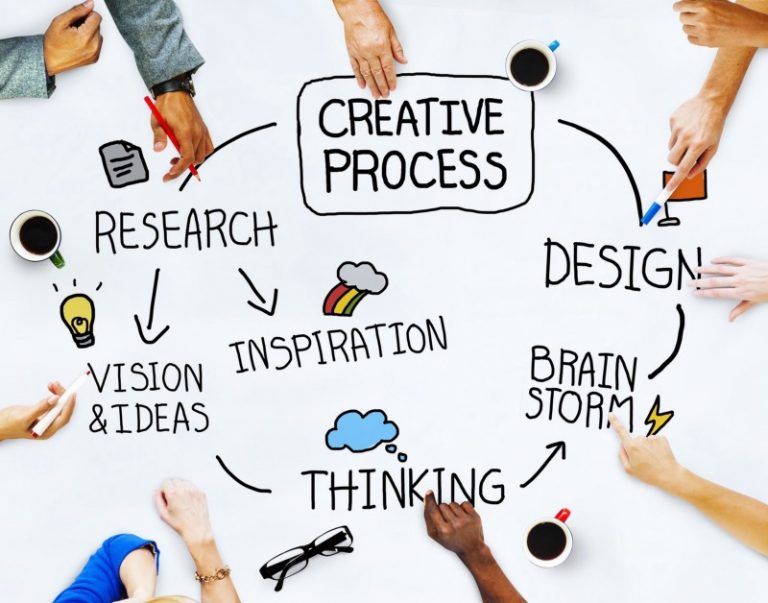
As per the definition of UX design, it is the process of manipulating user behaviour through usability, accessibility, and desirability provided in the interaction with a product and it stands for user experience. User experience (UX) is a person’s emotions and attitudes about using a specific service, system or product and encompasses the practical, experiential, affective, meaningful and valuable aspects of human-computer interaction.
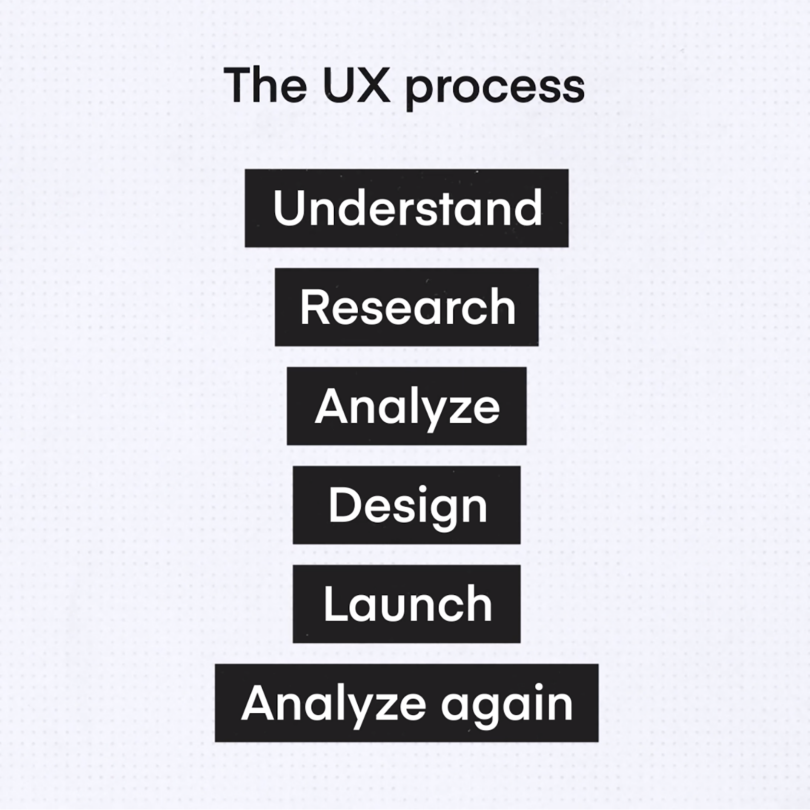
In layman’s language, it is the feelings generated while interacting with your website/app/software. User experience is a crucial and relevant aspect of software design and development as it helps in creating a loyal customer base for your brand by providing a happy experience.
The word “HAPPY” here suggests something happened with the emotions of that person and it is this feeling of emotions that is kept in mind during UX DESIGN developmental stages.
Let us understand the difference between UX and UI to have a clearer picture of the emotional design value. The designing elements provided by UI (User interface) enable the customers to interact with the services whereas UX provides an individual interaction experience with the products and services and the user is also able to analyze their experience afterwards by suggesting their takeaways from the entire experience.
Google is a very good example of a successful user design where their “Spartan interface” gives a great user experience and they don’t have to shout it out from the rooftop to announce their success rate. The experience an audience has after visiting their sites is making them come again and again because of a strong supply of their required target which is information.
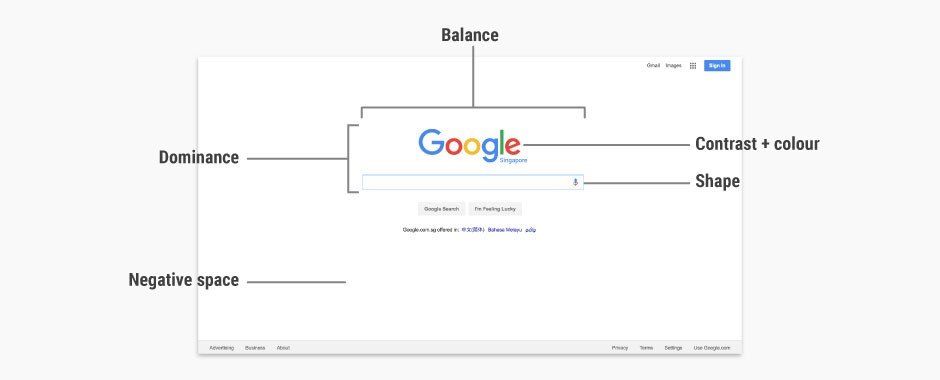
Let’s have a look at some of the crucial reasons why emotions play an important role in UX design
Good emotional design increases user engagement
It is indeed the design of a website that increases or decreases the engagement rate and if the design offers time-related words or places a timer it heeds a call- to action (CTA) and more engagement. A perfect example of this higher engagement rate websites is Google and Facebook where they use the data of distant friendships, appointments agenda, etc. to hook up with millions of users and engage them for more time.
Connects easily with the user
Emotions are always a winner when it comes to creating connections and lasting bonds with the consumer, as they last longer and generate positivity which makes an impact on their feelings and they get connected to the brand. A good example of it could be seen in industrial design where end products elicited an emotional reaction from their customers whether pleasant or bad, frustrating or joyful.
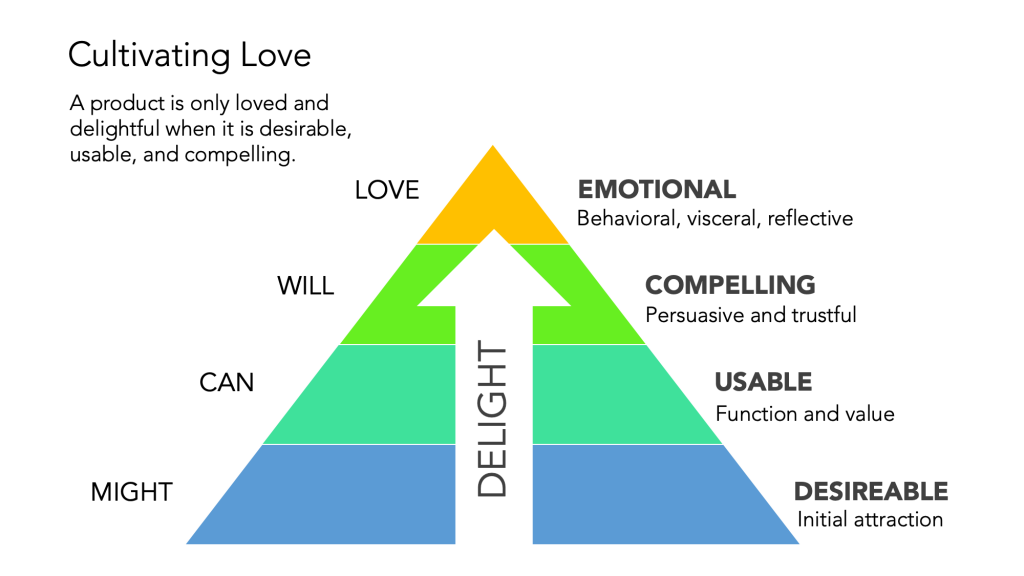
Decreases bounce rate
In UX design, if we are not measuring the statistical details then we lag behind in the marketing race and good emotional design ensures a decreased bounce rate which is the desired outcome for UX design. UX design provides us with tools that structuralize the website with high-quality, user-friendly tools in such a way that it provides the user with a quality navigation experience and bounce rates reviews put light on user experience so the focus is given to landing pages as this page is viewed by the user before they decide to bounce.
Creates a niche market for your brand
No doubt a well-designed interface can make or mar your brand value. It is this feel-good factor that is responsible for bringing the customer back to your website and additionally generates free word-of-mouth publicity for your brand increasing the sales and market value. UX designs provide an enjoyable scrolling experience to the customer and are prominent examples of a strong, successful user connection with web designs that are efficiently displayed by Starbucks, Google, and many other great businesses.
Prevent bad experiences
A strong emotional design if displayed well avoids negative experiences for the audience and they come back for the feel-good factor only. Suppose, you went to a restaurant and immensely liked their services, you will be giving them higher ratings and it will be a positive experience for the other users on that same platform as they get tempted and influenced towards a good review. Hence, a bad experience can be avoided by a good emotional design connection and it explains the emotional value of UX design.
Emotions help you maintain the integrity of the design
If a designer has put in their heart too at the concept designing stage then they are in a better state to maintain their originality and website standards by creating a special bond with their customers. A few great examples of emotional design are Mailchimp, Intercom, and Trello where the designers are successfully able to maintain the integrity of their designs. Also, a great product is adaptable in emergency moods, which speaks volumes about its exclusive design and detailing measures taken care of by the designers. Know about top design software comparison.

User behavior determines the success of UX design
It is the feelings of the users that are of paramount value in UX design and it helps them remember your business more, the elements provided in UX are totally based on user interactions which involve emotional connection too.
Emotions create a personal bonding with your product
And as the Tinker Hatfield of ‘Nike’ rightly said- “A basic design is always functional but a great design also says something”.
This something is emotion and Nike is a living example of a great emotional/ personal bond with the user where they have tapped into their brains by giving them a deeper sense of customized shopping experience with their carefully curated UX designs. Also, the good emotional design provides a sense of security and safety to the audience.
Competitive advantage over others
A good emotional design fetches great market growth and takes you higher up the ladder in the competition race by giving you a loyal customer base. A perfect example of this market race is the iPhone and Samsung success ratio where they have outthrown Blackberry and Nokia with their smooth, functional, attractive and slicker designs. Hence giving an overall edge in market share too.

Concluding note:
On average, a wide array of emotions is experienced by every human being daily pertaining to their surroundings, such as disappointment when something does not go in our favor, happiness when we enjoy our favorite food or meet our favorite people, and frustration when we are struggling to reach our targets. Similarly, emotions arise as we navigate and interact with our environment and more so the emotions evoked when navigating and interacting with technologies. Many products are available in the market which induces a wide range of emotional responses in users. While some emotions are an unintended by-product of certain designs, other emotional responses are carefully planned at the designing stage to improve the user experience and to achieve market targets.
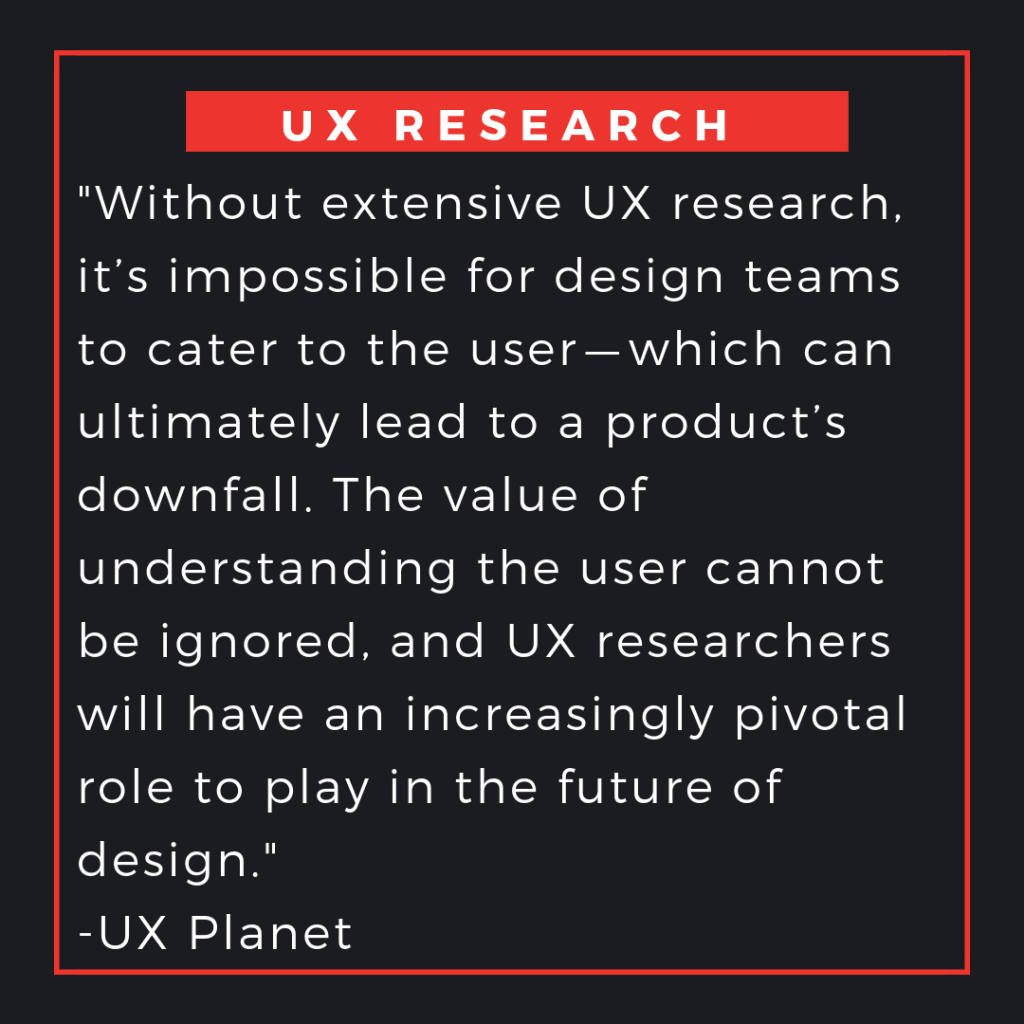
Emotion in UX design works wonders for the business part and it goes beyond establishing the connection & design is a subtle art of communicating with the audiences without actually getting involved with them yet having a deeper understanding of the audience. Emotional connection with your audience is the foundation of UX design where everything and anything is taken care of keeping in mind that it invokes a certain emotion in users at that particular moment that we could manipulate for growing our business.
Key takeaways/ Lessons learned from good and bad designs in UX
- Always test your clever designs and use them cautiously.
- Always label your links as nobody likes mystery links rather users don’t use it and move to the next topic immediately because of shorter attention spans.
- Always think about your user’s needs and then deliver that information.
- Try using visuals instead of text but don’t overuse animation as it loses all its impact.
- Avoid adding any kind of friction to user actions.
FAQ
Q1. What are the five principles of UX?
Ans- The 5 Key Principles Of User Experience Design
- Hierarchy.
- Consistency.
- Confirmation.
- User Control.
- Accessibility.
Q2. What are the biggest challenges faced as a UX designer?
Ans- Common UX Design Challenges and Their Solutions
- Reducing the Gap between Design and Development.
- Budget and Time Restrictions.
- Confused and Complex Chatbots.
- Lack of Understanding about Your Role.
- Product Display.
- Android Fragmentation.
- A/B Testing Errors.
